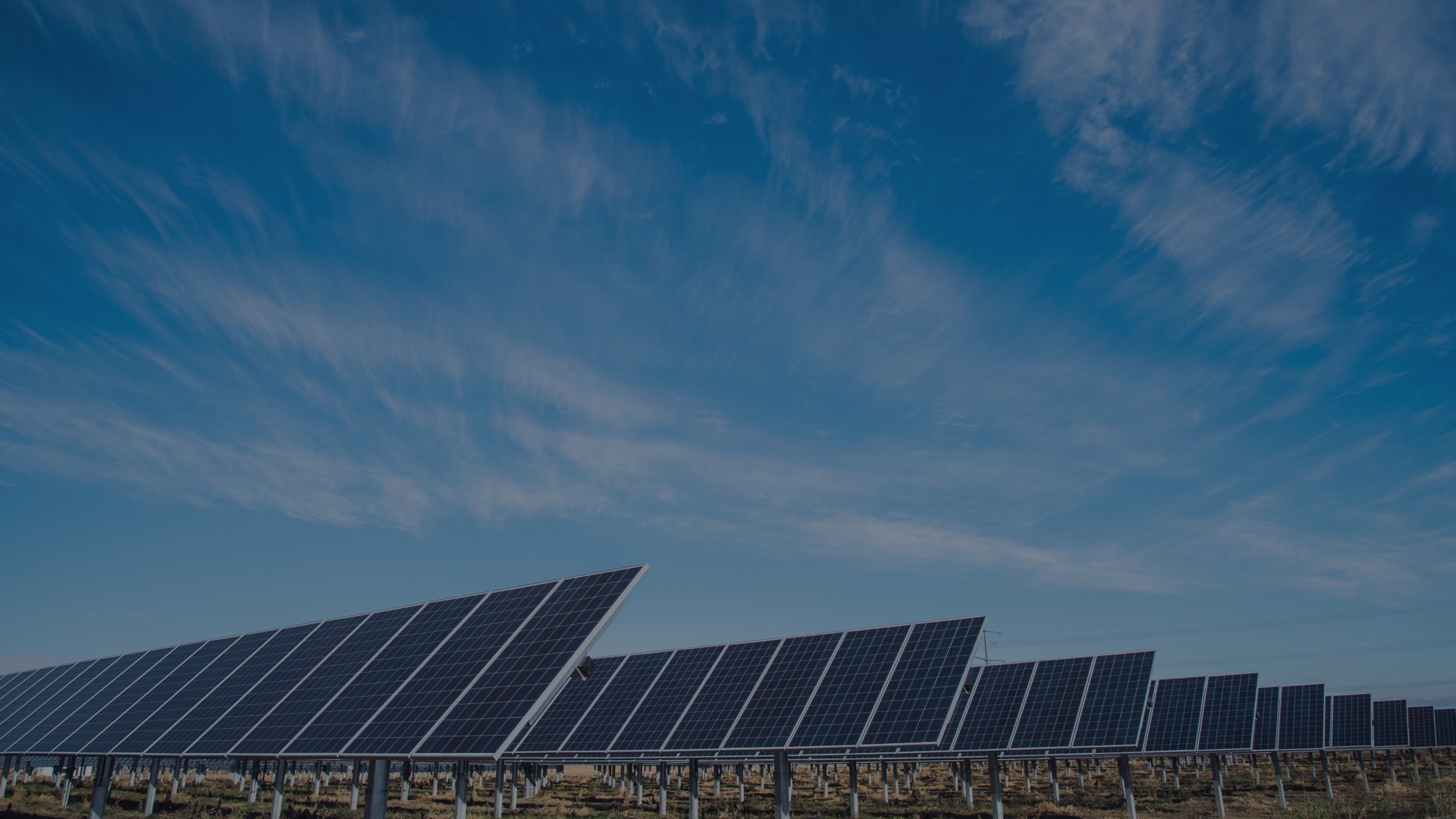Established thin-film technologies include “amorphous silicon”, an unstructured form of silicon which can be sprayed on to a surface. The leader in the field is United Solar Ovonics, which produces 30MW a year of amorphous silicon generation, and plans to triple that within a year. Competing producers of thin-film replace silicon with other materials. Companies such as First Solar, Solar Antec, Flisom, Daystar and Nanosolar are all involved.
The real cutting edge, however, are “third generation” solar technologies. Graetzel’s cells, called dye sensitised solar cells, use tiny nano-sized crystals of titanium to generate electricity in a process closer to that used by plants in photosynthesis than to traditional photovoltaic generation.
G24 Innovations Limited (G24i), a UK company, plans to be one of the first to commercially produce the cells, developed by Konarka, a US start up, to sell as chargers for mobile phones and mp3 players, and to the military, for uses such as tents which also act as chargers. G24i’s cells can operate at lower light intensities than conventional solar cells and they will be one-50th the weight of conventional solar cells and highly flexible.
In Israel, Orion Solar is also working on a version of the Graetzel design. It is designing large sheets that can be attached onto the roofs of houses. Another company, Nanosolar is working on polymers that will allow it to commercialise a printable cell at a fifth of the cost of traditional solar cells.
There is so much investment going into solar power today that new breakthroughs are certain, which is excellent news. But if it is, as its proponents promise, one day destined to eclipse fossil fuels, don’t expect this to happen for a while yet.
17.09.2007
Movements in Solar
Industry News
